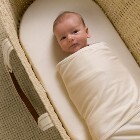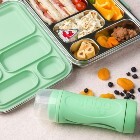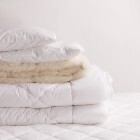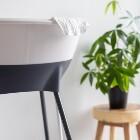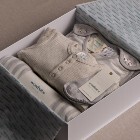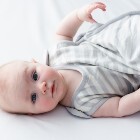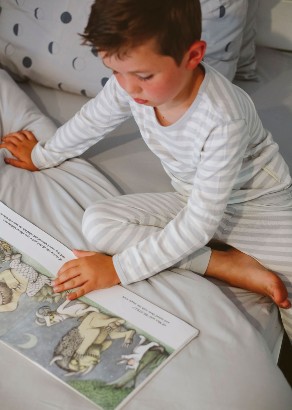Your little one is growing and it’s time to ditch the cot and move to a big bed. Exciting! But potentially worrying and stressful - where do you start and what do you really need?
If your babe has been sleeping well in the cot, you may be worried about them getting up and moving around, falling out of bed or a drawn out bedtime as they enjoy their new freedom (cue the morning coffee). If they’re an active sleeper, you may also be worried about how to keep them cosy and warm overnight. All valid things to think about.
But it needn’t be complicated. We’ve chatted to some of The Sleep Store team about how they transitioned their toddlers to big beds and what they found useful. Whether your child’s transition has come about because you need the cot for your next baby or because your toddler is climbing out the cot, our team have lived the experience and here’s what they recommended:
- Mattress Protection
- Wool Underlay
- Cotton Sheets
- Wool Duvet
- Low Profille Pillow
- Sleeping Suit
- Brolly Sheet
- Big Bed Bumper
- Gro Clock
- Night Light




